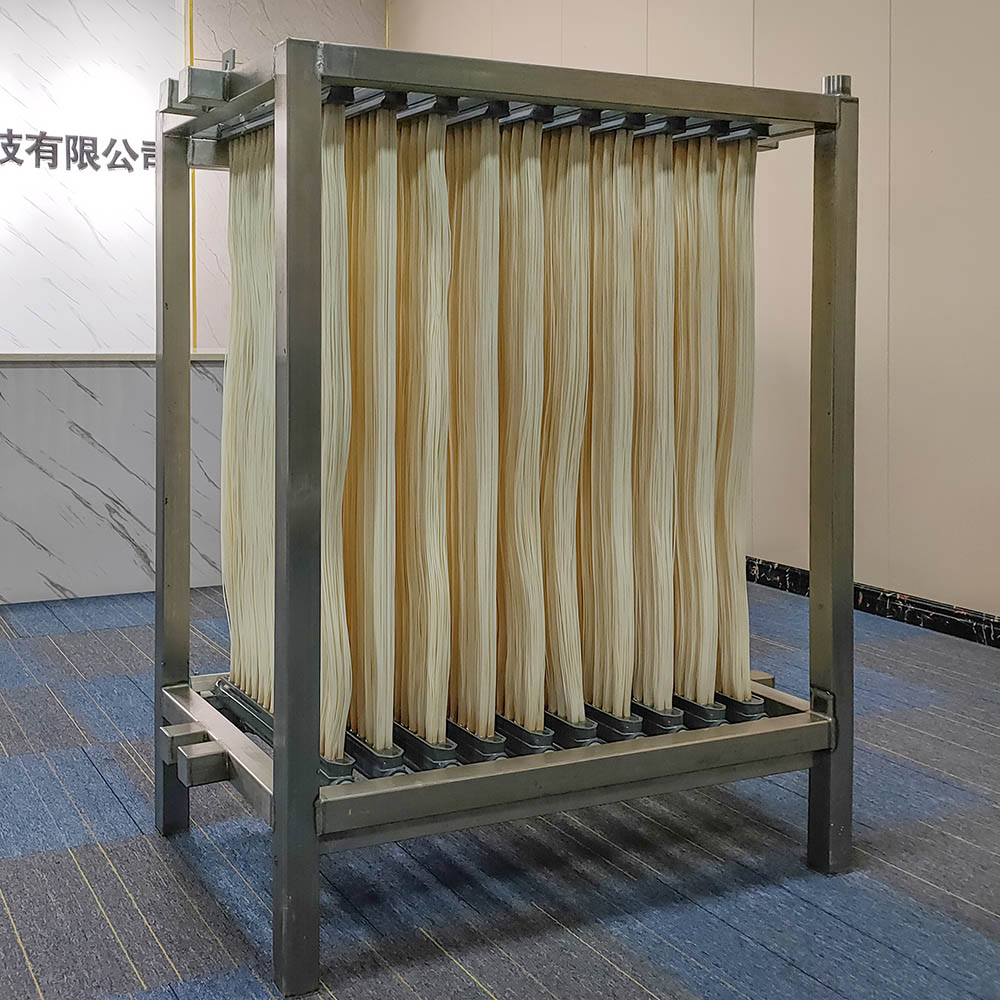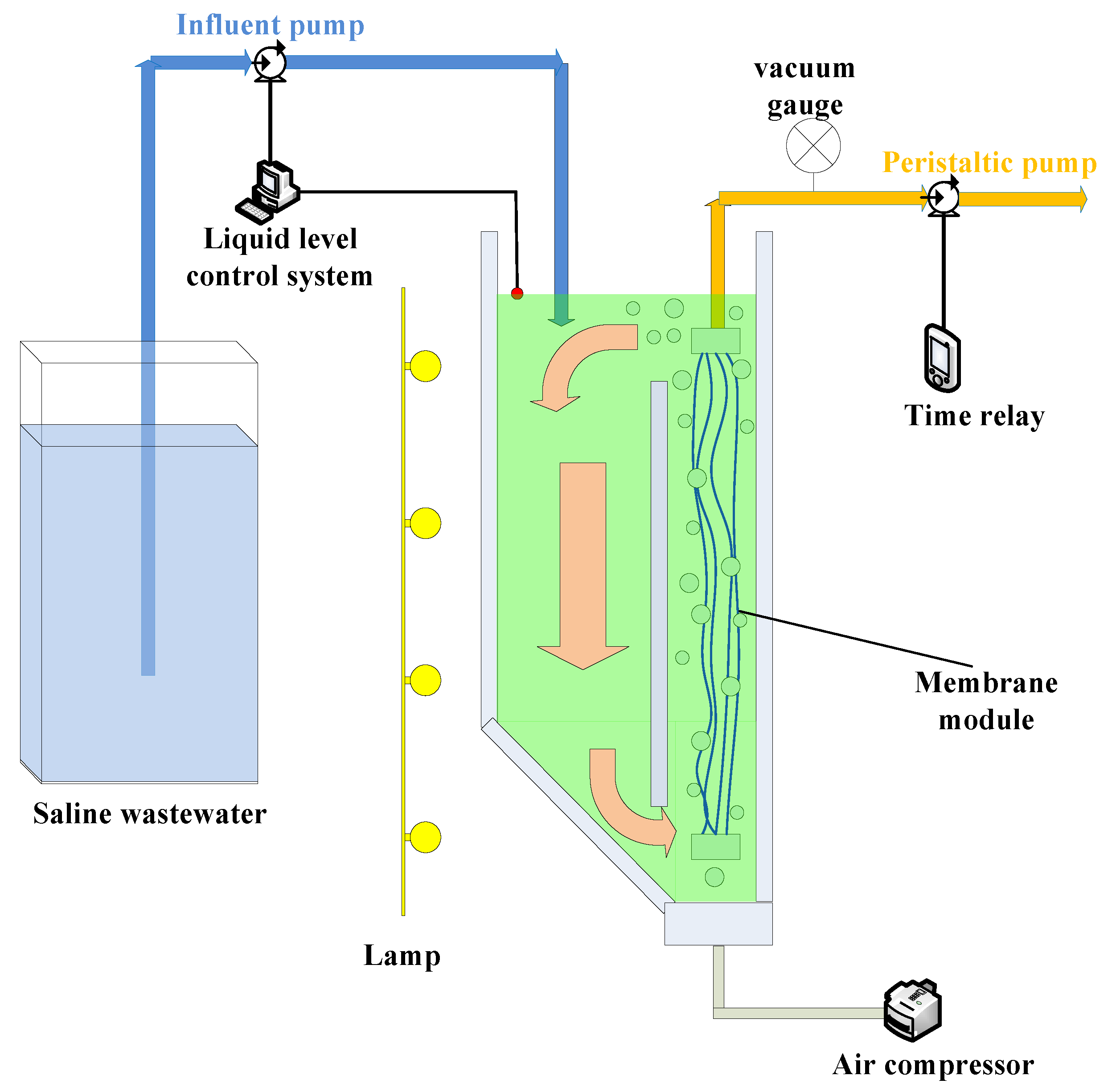Membrane Bioreactor vs. Traditional Treatment Methods: Key Differences Explained
Membrane Bioreactor vs. Traditional Treatment Methods: Key Differences Explained
Blog Article
How Membrane Layer Bioreactors Are Reinventing Water Filtration Solutions
The development of membrane layer bioreactors (MBRs) represents a considerable improvement in the field of water filtration, merging biological therapy processes with advanced membrane filtering innovations. As international water scarcity intensifies, the role of MBRs in facilitating safe and clean water reuse and lasting water administration comes to be increasingly critical.
Review of Membrane Layer Bioreactors
Membrane layer bioreactors (MBRs) represent a significant advancement in water filtration innovation, as they integrate biological treatment processes with membrane filtration. This assimilation improves the efficiency of wastewater therapy by using microorganisms to break down natural contaminants while concurrently utilizing semi-permeable membrane layers to separate cured water from suspended pathogens and solids.
The MBR system generally consists of a biological reactor where the microbial populace metabolizes contaminants, adhered to by a membrane filtering device that retains biomass and enables just clean water to travel through. This dual capability causes greater effluent quality compared to standard treatment techniques. MBRs can be operated in both batch and constant flow modes, offering adaptability in layout and application.
They likewise allow the recuperation of water for reuse, hence adding to water sustainability initiatives. In general, MBRs are at the leading edge of enhancing water treatment effectiveness and high quality, showcasing the possibility for cutting-edge remedies in ecological monitoring.
Benefits of MBR Modern Technology
The assimilation of organic therapy with membrane layer purification supplies countless benefits for water filtration processes. One of the main benefits of Membrane Bioreactor (MBR) technology is its capability to effectively get rid of both natural and not natural pollutants, resulting in premium effluent. The membranes serve as a physical barrier, preventing put on hold solids and virus from going through, which improves the overall safety and integrity of cured water.
Furthermore, MBR systems require a smaller sized impact compared to conventional therapy techniques, permitting more reliable area utilization. This portable style is particularly advantageous in city settings where land is restricted. MBRs likewise demonstrate functional versatility, accommodating differing influent qualities and circulation rates without significant efficiency degradation.
In addition, the process offers improved nutrient removal capacities, particularly for nitrogen and phosphorus, which are critical for stopping eutrophication in receiving waters. The lowered sludge production linked with MBR innovation additionally equates to decrease disposal costs, making it a cost-effective option over time - Membrane Bioreactor. Generally, the advantages of MBR innovation placement it as a leading option for lasting and cutting-edge water purification systems, attending to both environmental and economic worries
Applications in Water Purification
Applications of Membrane Bioreactor (MBR) innovation in water filtration are impactful and diverse, resolving various treatment requires throughout multiple industries. MBRs successfully combine biological treatment procedures with membrane layer filtration, making them optimal for metropolitan wastewater therapy, industrial effluent monitoring, and also potable water reuse efforts.
In local setups, MBRs are significantly used to improve the top quality of dealt with wastewater, enabling for compliance with stringent discharge policies and helping with the recycling of water for watering and non-potable uses. Their small style likewise makes them appropriate for urban environments where space is restricted.
Industrially, MBR modern technology is made use of to deal with procedure water and wastewater, especially in industries such as food and beverage, pharmaceuticals, and fabrics. By properly getting rid of impurities and suspended solids, MBRs assist industries minimize ecological influences while recuperating important resources from wastewater streams.
In Addition, MBRs are obtaining grip Get the facts in decentralized water treatment applications, where small systems can be released in remote areas or developing areas. This versatility enables areas to accomplish sustainable water monitoring options, improving access to tidy water while decreasing reliance on typical treatment methods.
Study and Success Stories

In another instance, a textile production center in Bangladesh embraced MBR modern technology to address its wastewater obstacles. The system decreased chemical oxygen Web Site need (COD) levels from 1,200 mg/L to much less than 100 mg/L, thus satisfying regulatory requirements and significantly lessening ecological effect.
The College of Cape Town's MBR installment has actually proven efficient in dealing with greywater for non-potable reuse on school. This task not only saves safe and clean water however additionally serves as an academic version for lasting practices.
Moreover, a fish and shellfish processing plant in Norway used MBR modern technology to deal with effluents including high degrees of natural issue, achieving over 90% contaminant elimination. These study underscore MBR technology's adaptability and its essential role in enhancing water high quality throughout varied applications.
Future of Water Therapy Solutions
As international water deficiency and pollution challenges heighten, cutting-edge water therapy remedies are coming to be increasingly important to make sure sustainable access to clean water. The future of water treatment hinges on the combination of sophisticated innovations that improve the effectiveness and efficiency of purification processes. Membrane bioreactors (MBRs) are at the forefront of this evolution, incorporating organic therapy with membrane layer filtering to create premium effluent appropriate for different applications.

Arising patterns such as resource recovery from wastewater, consisting of nutrients and power, will further change therapy facilities right into green hubs. Additionally, advancements in nanotechnology and membrane layer materials assure enhanced performance and long life of filtering systems.

Final Thought
Finally, membrane layer bioreactors represent a substantial development in water filtration innovations, effectively integrating organic treatment with innovative membrane filtering. The numerous benefits, consisting of enhanced effluent top quality and decreased spatial needs, make MBRs particularly appropriate for city applications. Their role in safe and clean water reuse and sustainable water administration highlights their relevance in dealing with worldwide water deficiency challenges. Proceeded study and development will better enhance the effectiveness and fostering of MBR modern technology, guaranteeing a durable future for water therapy solutions.
The introduction of membrane layer bioreactors (MBRs) stands for a substantial innovation in the area of water filtration, combining organic therapy procedures with sophisticated membrane layer purification modern technologies. As international water deficiency escalates, the duty of MBRs in promoting safe and clean water reuse and lasting water monitoring ends up being progressively important. They likewise allow the healing of water for reuse, thus contributing to water sustainability campaigns.As international water deficiency and contamination difficulties magnify, innovative water therapy remedies are ending up being progressively important to ensure lasting accessibility to clean water. Their role in safe and clean water reuse and lasting water management highlights their importance in resolving worldwide water scarcity obstacles.
Report this page